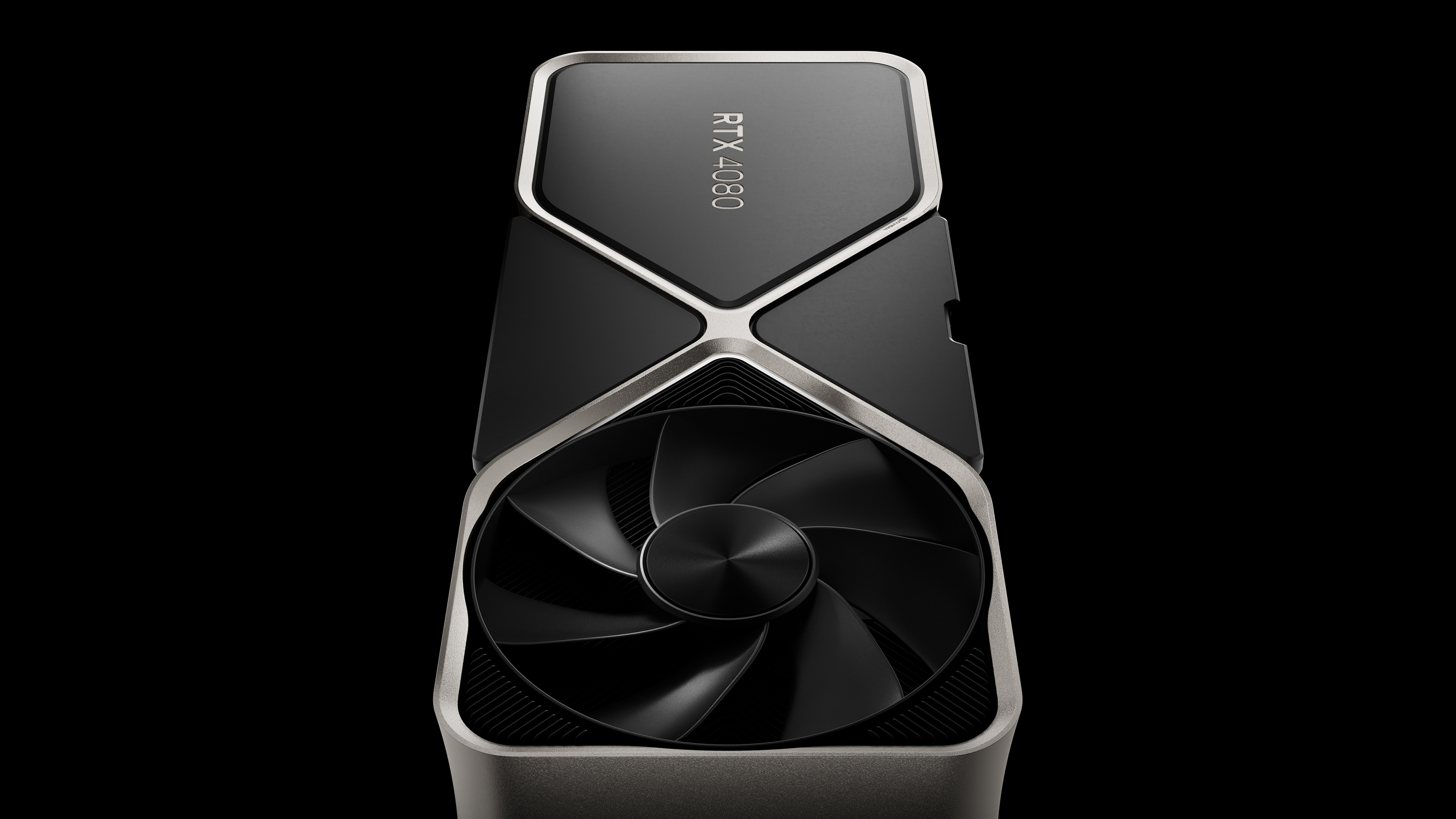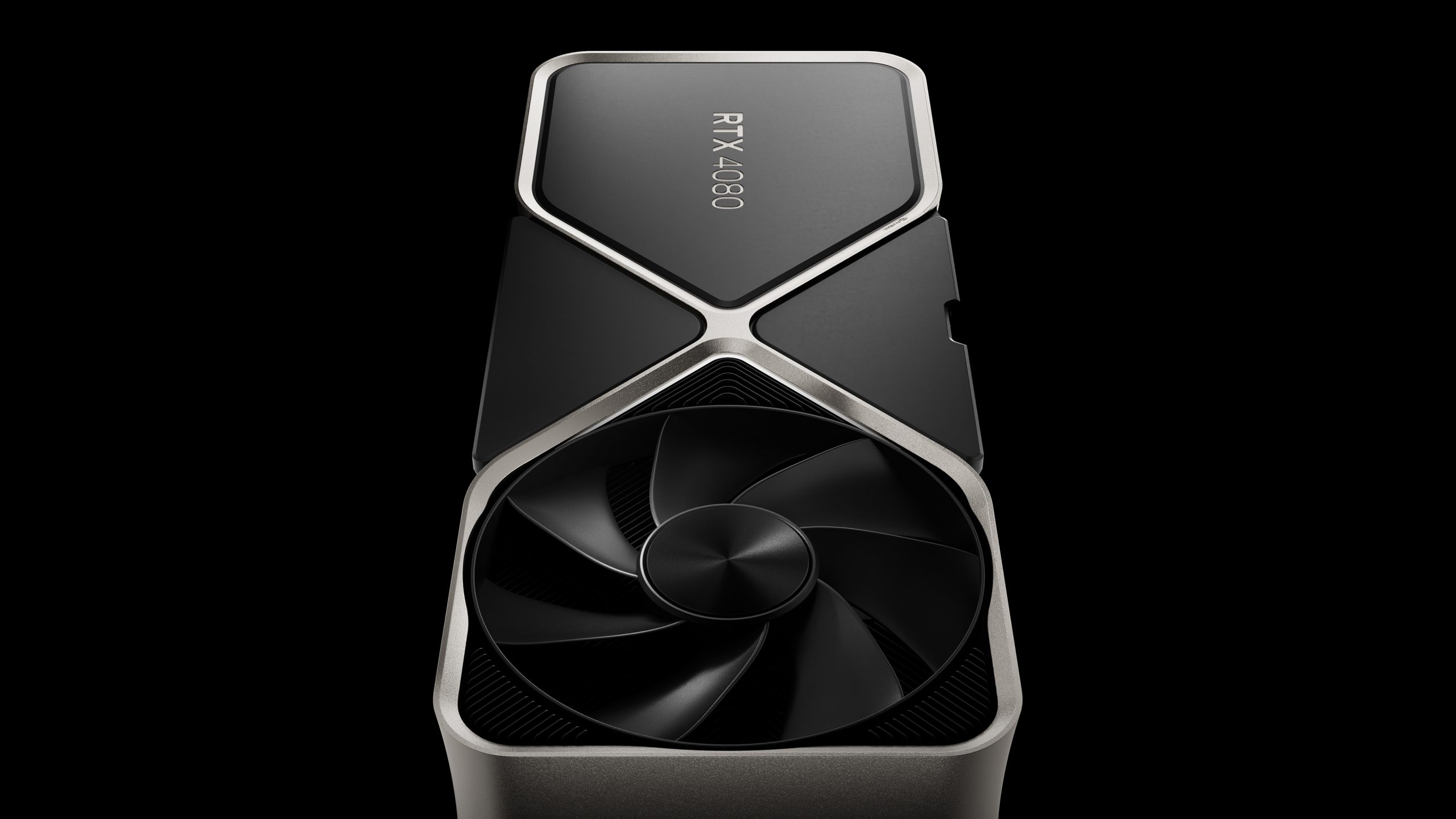
Proton Slows Down RTX 4090, 4080 By 10% in Linux vs Windows 11 Gaming Benchmarks
Phoronix recently published an article covering the performance differences between Windows 11 and Linux Ubuntu with Nvidia’s best graphics cards, the GeForce RTX 4090 and RTX 4080. For gaming, both GPUs were found to be 10% slower in Linux than Windows 11 when gaming with non-native Linux gaming applications. Natively, both operating systems perform very similarly.
For testing, Phoronix used a test rig comprised of the all-new Ryzen 7 7800X3D. Games and benchmarking applications tested include Cyberpunk 2077, Hitman 3, Unigine Heaven 4, and Unigine Superposition. Cyberpunk and Hitman ran on Steam’s Proton compatibility layer, while the Unigine applications had dedicated native applications for Linux.
In Cyberpunk 2077, at 1440P Ultra settings, the RTX 4090 was 13% slower in Linux than Windows 11 Pro. The RTX 4080 fared similarly and was 15% slower in Linux Ubuntu than Windows 11.
At 1440P high settings, the gap starts closing for the RTX 4090, where the Linux OS was just 5% slower than Windows 11 Pro. Strangely when testing at medium graphics settings, the frame rates for the RTX 4090 don’t get close to the high settings, for unknown reasons.
The RTX 4080 at 1440P high, did not show the same behavior as the RTX 4090. Featuring a performance gap of 15% again, just like Ultra settings. For details on the 4K results, be sure to check out the Phoronix article. But generally, the 4K results share similar behavior to the 1440P results.

Hitman 3 yielded interesting results. The 1440P results were much closer together between the two operating systems, but at 4K, the game exhibited much wider performance variance between Linux and Windows. At 1440P Ultra settings, the RTX 4090 and 4080 had a 4% to 5% performance variance between Linux and Windows. At 4K Ultra settings, the frame rate variance goes up to 14% and 15%, respectively.
Unsurprisingly, the Unigine Heaven and Superposition results were basically identical between both operating systems, with both the RTX 4090 and 4080, because both apps have native applications for Windows and Linux. At best, there was a 1.5% difference between both benchmarking applications at 1440P and 4K.
Steam’s Proton compatibility layer is obviously the main issue preventing Nvidia’s 40 series GPUs from attaining Windows-like performance in Linux. But this should be expected since Proton’s API translation from DX to Vulkan requires additional processing overhead. Either way, the 10% performance penalty (on average) is not that significant, and with how powerful these GPUs are, 90% of an RTX 4090 or 4080 still delivers a superb 4K or 1440P gaming experience.

